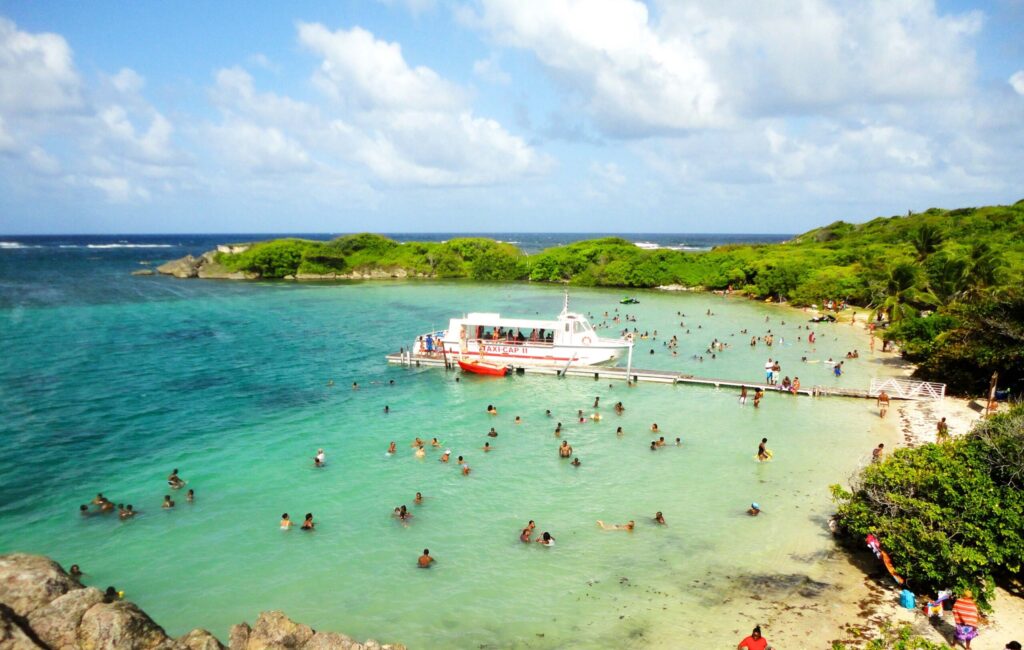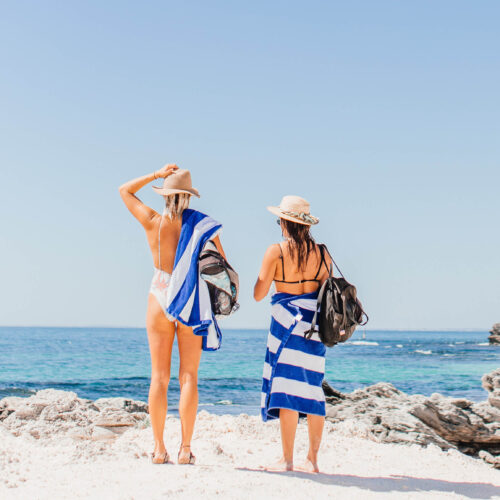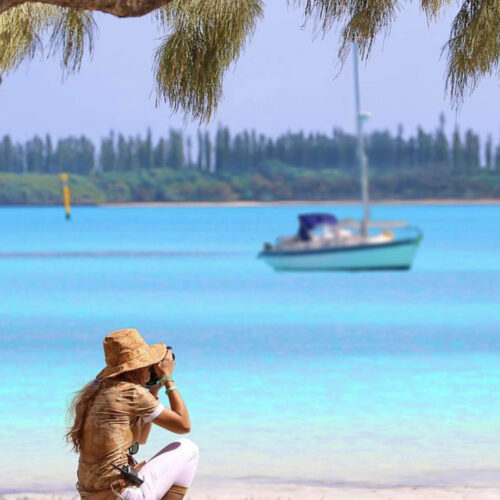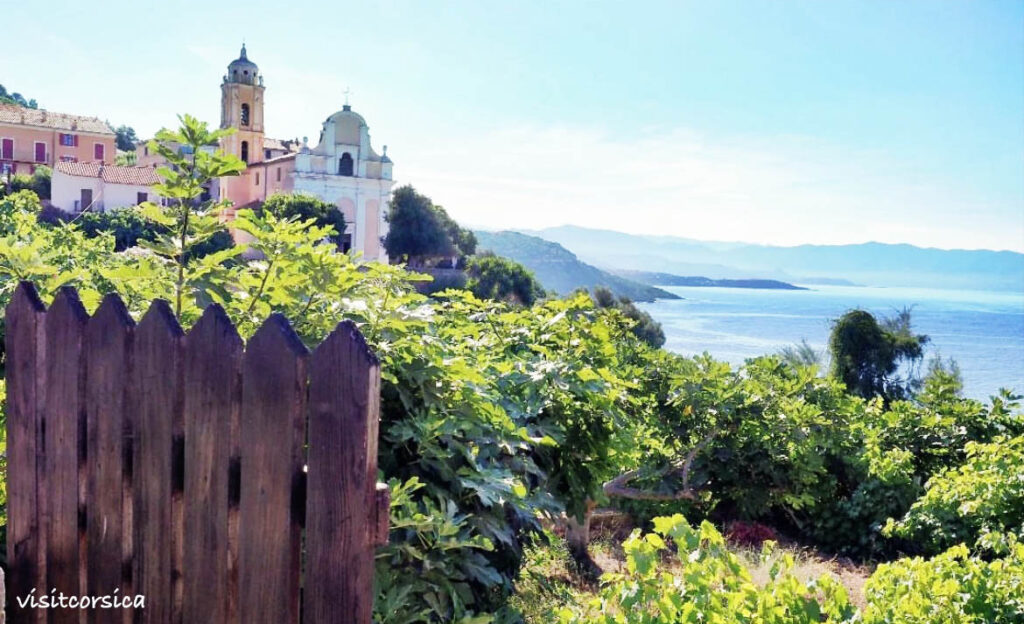
Baguette not included, but plenty of sandy beaches and tropical vibes on these French Islands worldwide.
French Islands are a group of picturesque territories in various parts of the world. They are known for their stunning natural beauty, cultural variations with each destination, and unique blend of French and local influences.
From the turquoise waters and lush green mountains of French Polynesia to the rugged coastline and unique Corsican language of Corsica to the tropical vegetation and vibrant culture of Martinique, these French islands offer a diverse range of experiences for travelers and locals alike.
Whether you’re seeking adventure, relaxation, or a taste of French culture, the French Islands will indeed offer something magifique and unforgettable.
The French Islands considered overseas territories of France:
- Saint-Pierre and Miquelon: Saint-Pierre and Miquelon are a group of French islands located off the coast of Newfoundland, Canada. The islands were first settled by the French in the early 17th century, and were used primarily as a fishing base. Saint-Pierre and Miquelon are now a French overseas territory.
- New Caledonia: New Caledonia is a Melanesian archipelago in the western Pacific Ocean. It is known for its unique biodiversity and rich culture, mixing Melanesian, European, and indigenous Kanak heritage. It is also one of the largest nickel producers in the world.
- French Polynesia: French Polynesia is an overseas territory of France located in the South Pacific Ocean. It is known for its stunning turquoise waters, lush green mountains, and white sand beaches, making it a popular tourist destination. The Society Islands, located in the central region of French Polynesia, are the most visited and include the famous island of Tahiti.
- Wallis and Futuna: Wallis and Futuna is a Polynesian island group in the South Pacific Ocean. It is known for its traditional Polynesian culture and rich history and is a popular destination for cultural tourism.
- French Southern and Antarctic Lands: The French Southern and Antarctic Lands are a group of territories located in the southern Indian Ocean, including the Crozet Islands, Kerguelen Islands, Saint Paul, and Amsterdam Islands. These remote islands are known for their unique flora and fauna and are home to scientific research stations.
- Corsica: Corsica is an island in the Mediterranean Sea, southeast of France. It is known for its natural beauty, rugged mountains and picturesque beaches, cultural heritage, and unique Corsican language.
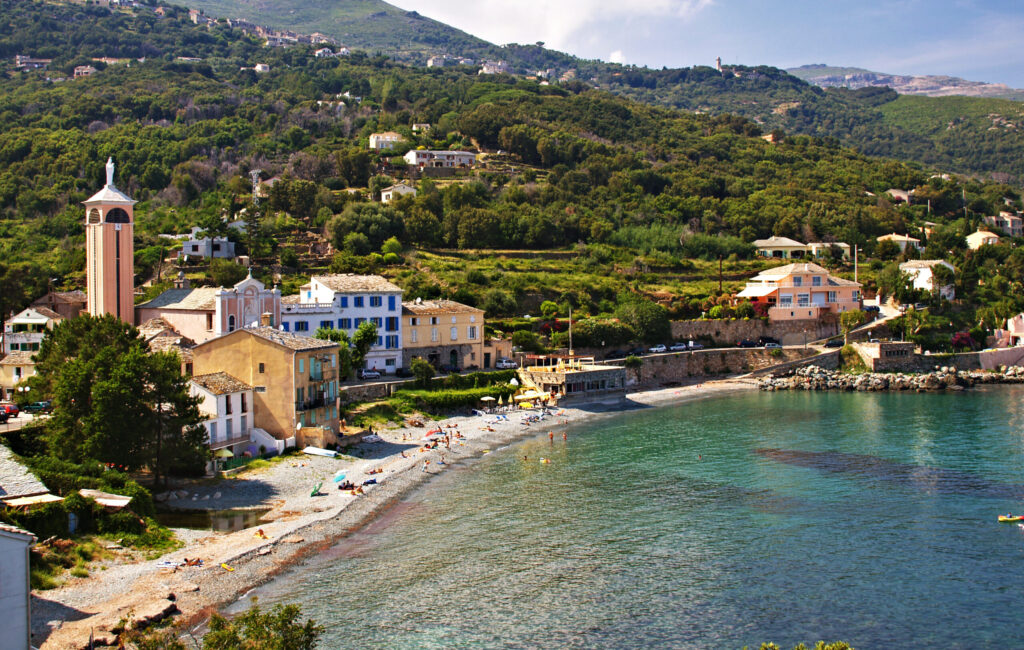
- Martinique: Martinique is an island in the Caribbean Sea and an overseas department of France. It is known for its lush tropical vegetation, vibrant culture, and unique blend of French and Caribbean influences.
- Guadeloupe: Guadeloupe is an island in the Lesser Antilles and an overseas department of France. It is known for its beautiful beaches, lush tropical rainforests, and rich cultural heritage, with a mix of African, French, and indigenous Carib influences.
- Reunion: Reunion is an island located in the Indian Ocean and is an overseas department of France. It is known for its stunning natural beauty, active volcanoes, lush tropical forests, scenic beaches, and diverse culture with African, Chinese, Indian, and European influences.
- Mayotte: Mayotte is an island in the Indian Ocean, an overseas department of France. It is known for its beautiful beaches and cultural heritage, with African, Malagasy, and French influences.
- Saint Martin: Saint Martin is an island in the Caribbean Sea, divided between France and the Netherlands. The French side of the island is known for its beautiful beaches, vibrant nightlife, and rich cultural heritage, with African, Caribbean, and French influences.
- Saint Barthelemy: Saint Barthelemy, also known as St. Barts, is an island in the Caribbean Sea and an overseas collectivity of France. It is known for its luxury resorts, exclusive boutiques, and stunning beaches, making it a popular destination for wealthy travelers.
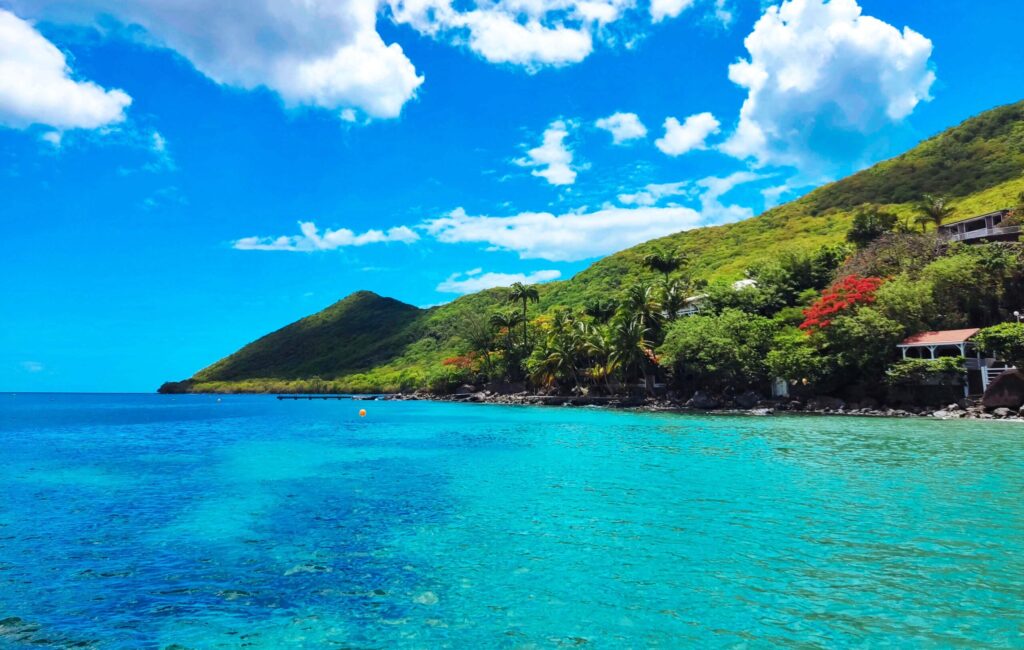
Did you know?
These French islands are run by the French government and are considered integral parts of France, with the same rights and responsibilities as any other region of the country.
A little history:
French islands have a history that is deeply entwined with France’s colonial past. Many of these islands were discovered by explorers and navigators in the 1500-1600s, and were later colonized by the French. These islands were often used as bases for trade, exploration, and military operations, and many of them became centers for agriculture, mining, and other economic activities.
French islands are closely tied to the history of slavery and the slave trade. Many of these islands, particularly in the Caribbean, were major centers for the transatlantic slave trade, and millions of African slaves were brought to these islands to work on plantations and in other industries. This legacy of human exploitation has had a profound impact on the cultural, social, and economic development of these islands.
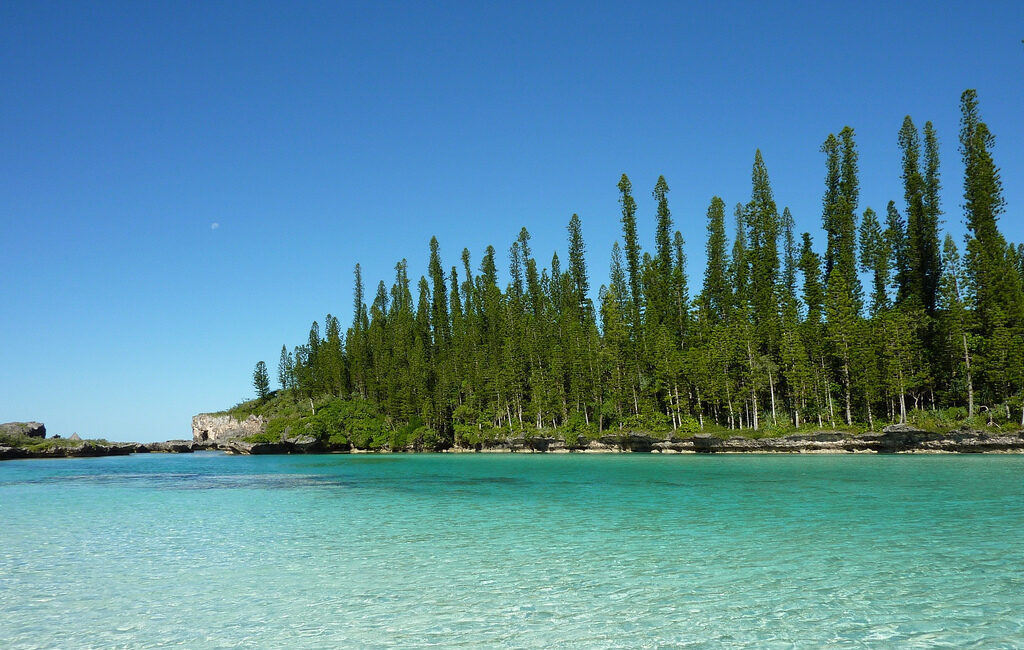
Many French islands have become popular tourist destinations, known for their stunning natural beauty, vibrant culture, and history. These islands offer visitors a chance to explore a different side of French culture, and to experience the diverse traditions, cuisines, and landscapes that make these islands so special.
Despite their small size and isolated location, French islands have played a significant role in shaping the course of French history and culture. They continue to be an important part of France’s overseas territories, and remain an important link between France and the rest of the world.
